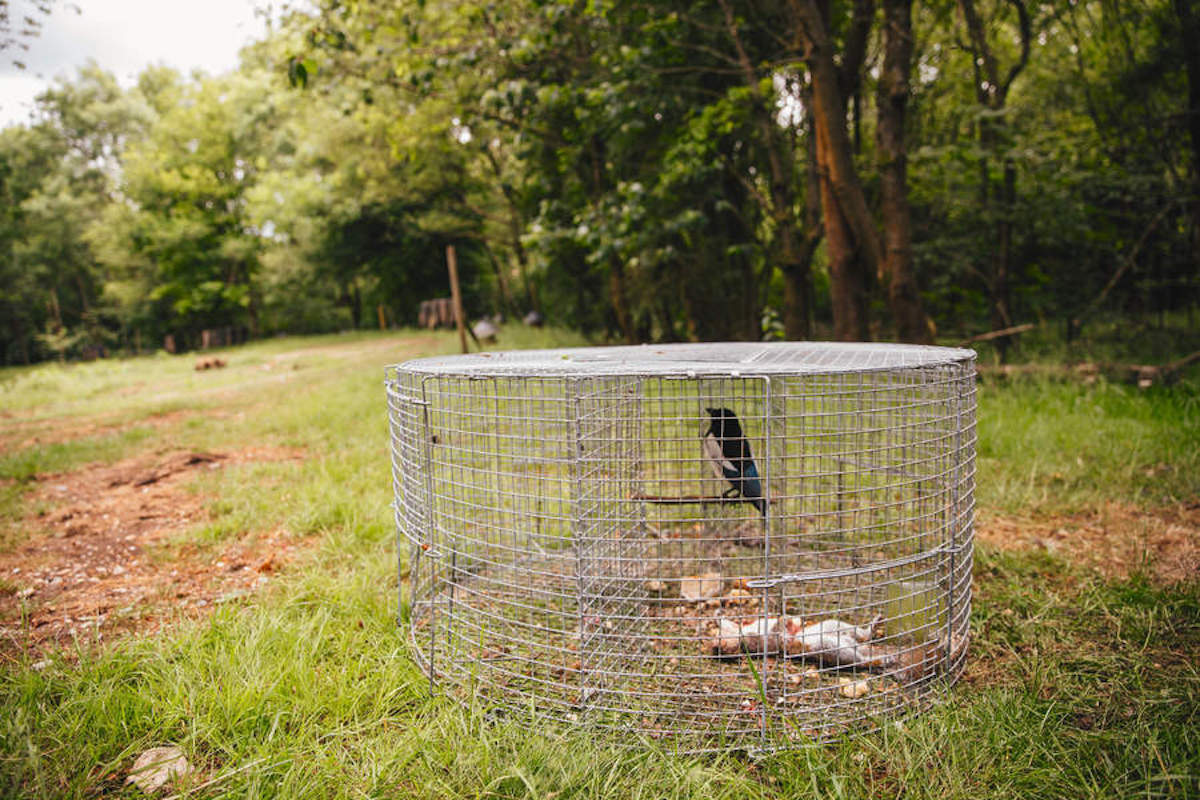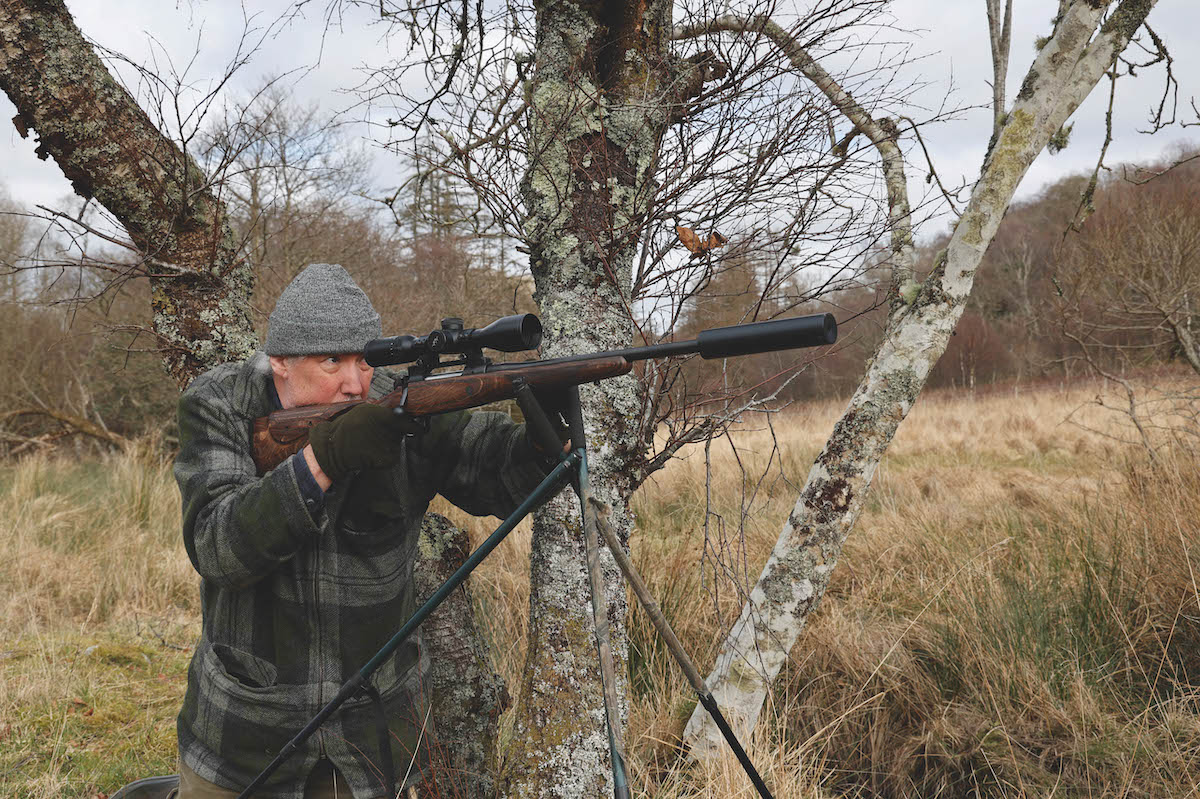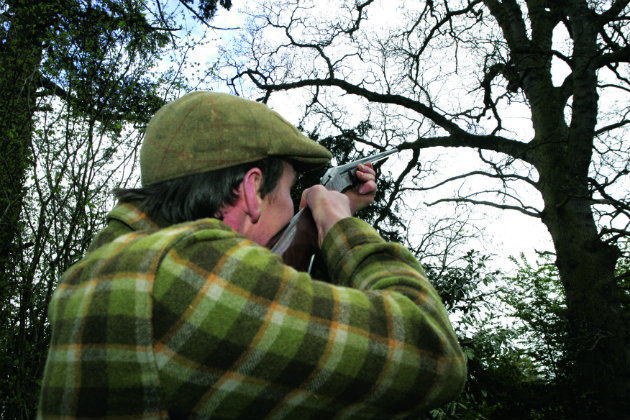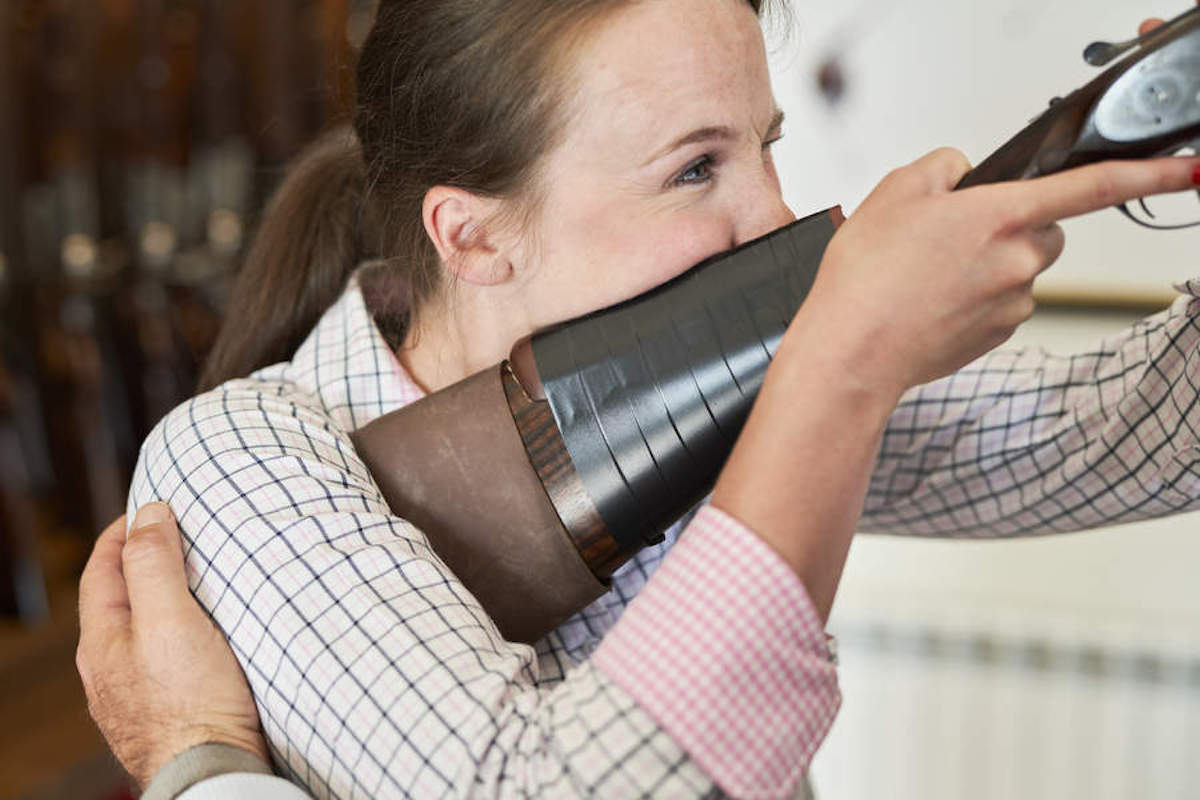How to catch your first call bird
Tips and advice from Liam Bell

Q: We want to run three or four Larsen traps this coming spring. How on earth do we catch our first call bird? (Read how to use a Larsen trap correctly.)
How to catch a magpie – your call bird
A: A call bird such as a magpie or carrion crow can be tempted into the traps by ‘nests’ of eggs, and in semi-urban areas by pieces of white bread. The ‘nests’ inside the traps have to look as realistic as possible and be placed somewhere where the magpies and carrion crows would expect to find eggs. Adjacent to thick hedges, in thorny thickets and next to domestic chicken pens are firm favourites. Having said that, it is far easier to make contact with a local shoot or keeper and ask for one of their spares when they have one. Keepers are very good at networking, and as soon as someone has caught the first bird, news will get around and the spare birds will be passed and shared among friends.
Make sure you update yourself on the conditions of use on the general licences before setting them, as things are no longer as straightforward as they once were. (Read problems with running Larsen traps.)
More on traps and the call bird
- In a scientifically-conducted experiment by the GWCT in 1989, traps with call-birds were 15 times more efficient at catching crows, and 10 times more efficient for magpies.
- March and April are the prime times to catch magpies because this is their most territorial time of the year. They take a great dislike to finding an intruder on their patch and are more likely to be caught when an ‘incomer’ suddenly appears on the scene.
- Never leave a captive bird in one place too long: if it doesn’t catch another bird within three days, move it to another part of the shoot. You should also read ‘Using traps and snares – how to do it legally and effectively‘.
This article was originally published in 2007 and has been updated.








